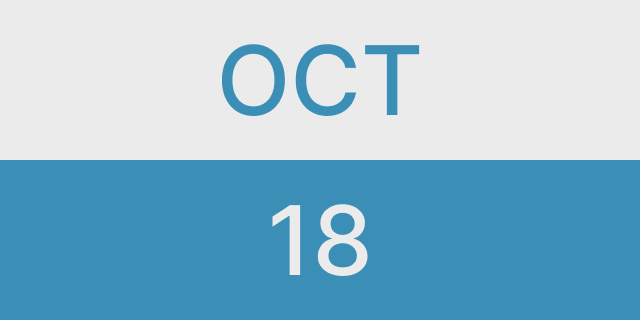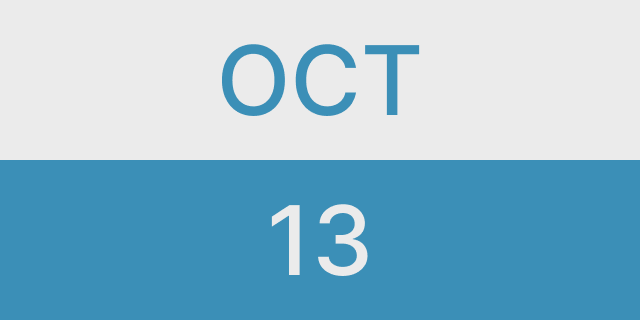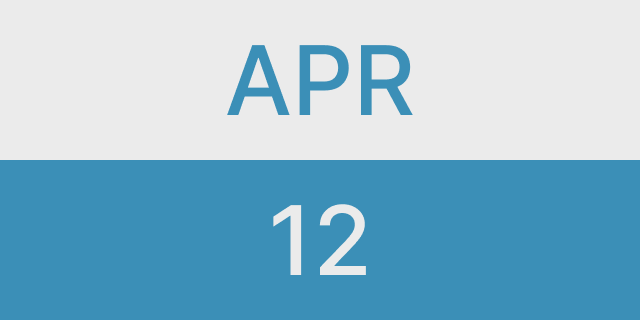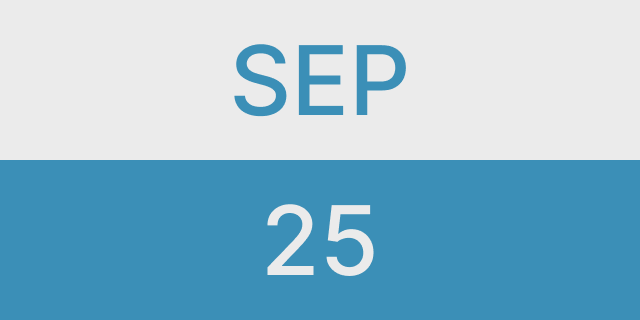Past Conferences

Communication Language and Speech through a DIR Lens
April 7 & 14, 2024
 (2)_4.jpeg)
Identity and Play
Sep 29 & Oct 1, 2023

DIR® Addresses Visual Spatial Processing
Jan 29 & Feb, 2023

Synchrony and Communities
Nov 11th, 2022

Supporting Relational Synchrony
May 15th & 22nd, 2022

Profectum Educators Conference
Nov 4th & 5th, 2021

The Spectrum of Play
Mar 7th & 14th, 2021

Profectum Educators Conference
Nov 5, 6, 8 & 15, 2020

Profectum Immersion Experience
Mar 14th & 15th, 2020

Demystifying Aggression
Feb 2nd, 2020

Raising The Bar: Educational Approaches That Go Beyond Labels
Nov 7th & 8th, 2019

Raising The Bar | Educational Approaches That Go Beyond Labels
May 17th & 18th, 2019

The Power of Play
Mar 8th & 9th, 2019

Relationships: The Key to Progress | NY NJ 2018 Conference
Oct 28th & 29th, 2018

Relationships: The Key to Progress | NY NJ 2017 Conference
Oct 25th & 26th, 2017

Autism Intervention Summit 2017
May 2, 2017

5th International Conference
Mar 31st & Apr 1st, 2017

6th Annual New York Conference
Oct 30th, 2016

4th International Conference
Mar 18th - 20th, 2016

5th Annual New York Conference
Oct 18th, 2015

3rd International Conference
Mar 13th & 14th, 2015

4th Annual New York Conference
Nov 16th, 2014

2nd International Conference
Mar 21st - 23rd, 2014

3rd Annual New York Conference
Oct 13 & 14, 2013

New Jersey Educator’s Conference
May 30th - June 1st, 2013

1st International Conference
April 12 - 14, 2013

2nd Annual New York Conference
October 21, 2012

Chicago Regional Training Conference
July 13 - 15th, 2012

Autism Solutions: Pathways to Progress
Sep, 25th 2011
